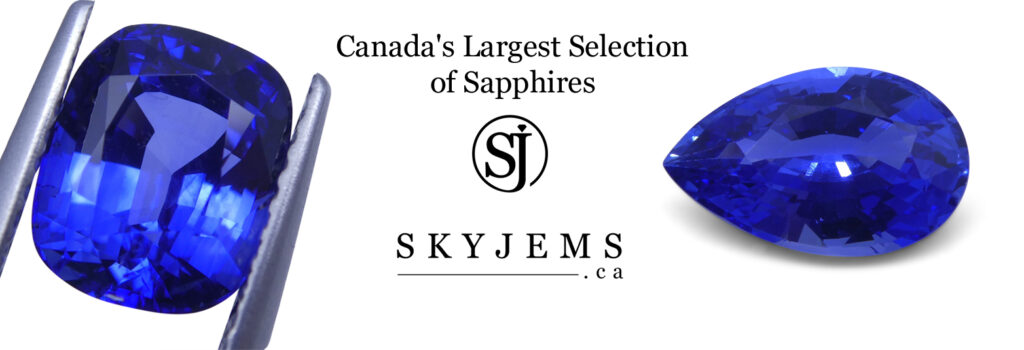
Blue Sapphire is a variety of the mineral Corundum in blue. Other two gem-varieties of corundum are Ruby (red) and Padparadscha (pinkish orange). Although blue is their most well-known color,sapphires may be colorless or even found in shades of gray and black.
NATURAL SAPPHIRE
Natural gemstones are taken out directly from the treasures of the earth, washed, polished and cut into appropriate shapes. Then they are directly sold in the market keeping their originality intact without any treatment.
As per the imposed demand of time, human being feels the necessity to imitate real things for his motives. May be, it’s for comfort, fashion or money-making. Gemstones have also grabbed an impressive position in imitation. A synthetic gemstone has got the exact replication of the natural one in terms of looks and feel. Moreover, the optical qualities, physical and chemical properties also remain the same.
TREATMENTS
Sapphires may be treated artificially to augment their clarity and color. It is common practice these days to heat natural sapphires. Upon heating, the stone becomes bluer in color, but loses some of its properties. Un-heated natural stones are fairly rare and often be sold in the market with a certificate attesting to “no evidence of heat treatment”.
There are several ways of treating sapphire. Heat treatment in an oxidizing atmosphere (without adding impurities) is commonly used to enhance the color of sapphires (known as “heating only”). However, heat treatment combined with the calculated addition of precise impurities (e.g. beryllium, titanium, iron, chromium or nickel) is also usually performed (known as “diffusion”). Diffusion treatments typically use Beryllium (Be) diffusion into a sapphire under very high heat. Initially orange sapphires were fashioned, although now many colors of sapphire are often treated with beryllium.
BERYLLIUM TREATMENT
Beryllium treatment is a recent addition to techniques for treating gemstones. It is a form of heat treatment that adds the element beryllium to the heating process. Although Natural Blue Sapphires possess some amount of Beryllium but upon imitated diffusion with beryllium, the result is a reduction
in more blue tone.
Beryllium treatment is now widely accepted as a lawful method for treating stones. However, it is very important that gems treated with this method be disclosed as such. With the dawn of large Beryllium treated blue sapphires reaching the market, gemologists need to examine those gemstones more closely, that disclose any signs of heat treatment.

